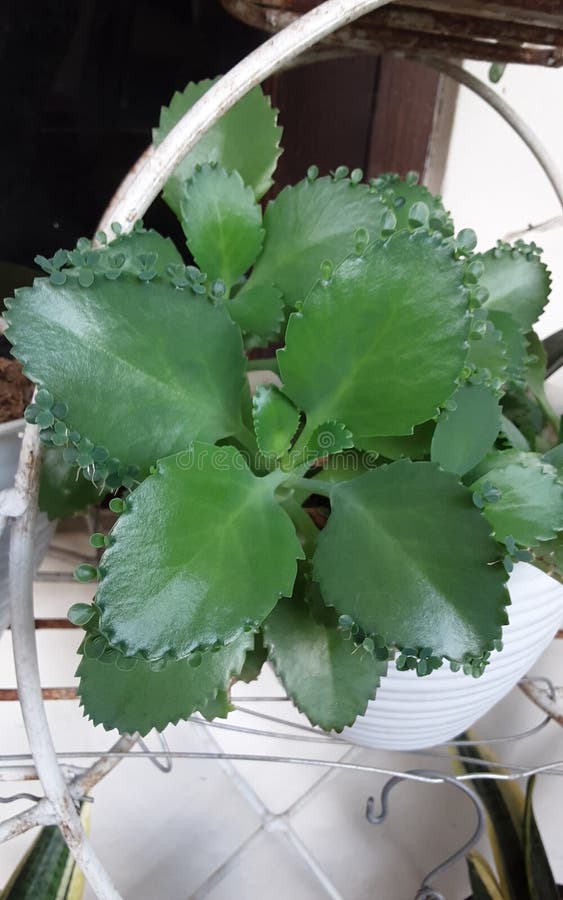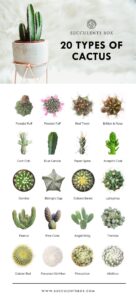In the realm of indoor gardening, few plants manage to blend ornamental beauty with intriguing botanical characteristics as effectively as the Kalanchoe. With its vibrant foliage and striking floral displays, it possesses an undeniable charm that captivates both seasoned horticulturists and casual plant enthusiasts alike. However, for pet owners, particularly those with feline companions, the question of safety often looms over the decision to include such plants in their living spaces. As such, it is imperative to delve into the relationship between Kalanchoe plants and the safety of cats, shedding light on the plant’s characteristics and implications for household harmony.
In addition to their undeniable aesthetic allure, Kalanchoe plants stand out due to their wild diversity and adaptability. These succulent plants hail predominantly from Madagascar, where they have evolved to thrive in a variety of environments. This evolutionary journey has endowed Kalanchoe with unique attributes, including the ability to store water in its fleshy leaves, making it a low-maintenance choice for indoor gardening. Their vibrant, often red or yellow flowers and lush green foliage serve as a beautiful juxtaposition against the minimalist décor of modern living spaces.
Understanding the captivating visual appeal of Kalanchoe extends beyond mere aesthetics; it is crucial to gain insight into its safety profile concerning feline health. In the context of potential toxicity, Kalanchoe is classified as a plant that contains compounds known as bufadienolides. While incidents of severe toxicity in cats remain rare, bufadienolides can lead to symptoms such as vomiting and diarrhea if ingested. The severity of these symptoms often correlates with the quantity consumed, alongside the overall health and sensitivity of the individual cat. Hence, while Kalanchoe is not overtly lethal, it possesses enough risk to warrant caution among pet owners.
The beauty of Kalanchoe—a kaleidoscope of colors and forms—might beckon cats, making them curious candidates for exploration, and often, unfortunate sampling. Cats are instinctively drawn to vibrant sights and intriguing textures. A Kalanchoe’s plump leaves may resemble a toy, prompting playful interactions. It is this very curiosity that can place cats at risk, emphasizing the importance of carefully positioning plants in spaces where feline antics cannot reach.
While Kalanchoe plants are deemed ‘moderately toxic’ to cats, it is essential to illuminate this classification. What does ‘moderately toxic’ really mean for pet owners? In essence, it means that while Kalanchoe does not pose a grave danger akin to highly toxic plants such as lilies or poinsettias, caution is still necessary. Education regarding the symptoms of Kalanchoe poisoning is paramount, enabling owners to act swiftly should a mishap occur. Early signs of distress may present as excessive drooling, lethargy, or gastrointestinal upset. By knowing these signs, one can ensure timely interventions and safeguard the health of their cherished feline friend.
To mitigate risks, creating a cat-friendly environment while simultaneously appreciating the aesthetic appeal of Kalanchoe can be a harmonious pursuit. Start by placing Kalanchoe plants in elevated areas that are unattainable to kittens and cats alike, such as high shelves or hanging baskets. In these positions, the plants can bask in sunlight, thrive beautifully, and simultaneously stay out of reach of inquisitive paws. Furthermore, incorporating cat-safe alternatives in the vicinity can serve to divert their attention. Consider strategically placing cat grass or other edible plants nearby to channel their curiosity towards safer options.
Moreover, fostering an understanding of Kalanchoe care can enhance both the plant’s aesthetics and its longevity. Kalanchoe thrives in well-draining soil and benefits from a moderate watering schedule—allowing the soil to dry out between watering is vital to prevent root rot, which is a common affliction in succulents. The interplay between proper care and safety can not only uphold the plant’s beauty over time but also afford peace of mind for pet owners who may initially hesitate to welcome such flora into their homes.
In conclusion, Kalanchoe plants, while adding rich aesthetic and tactile beauty to interior spaces, must be approached with a discerning mind when feline companions are involved. They embody a duality of allure and caution, reminding pet owners of the need for vigilance. In cultivating an environment that celebrates the presence of Kalanchoe while prioritizing feline safety, one can delight in the juxtaposition of nature’s elegance alongside the warmth of cherished companionship. With thoughtful planning and educated management, the Kalanchoe can indeed flourish in homes that harmonize both plant beauty and pet well-being, creating a verdant sanctuary free from worry and full of life.





Leave a Comment